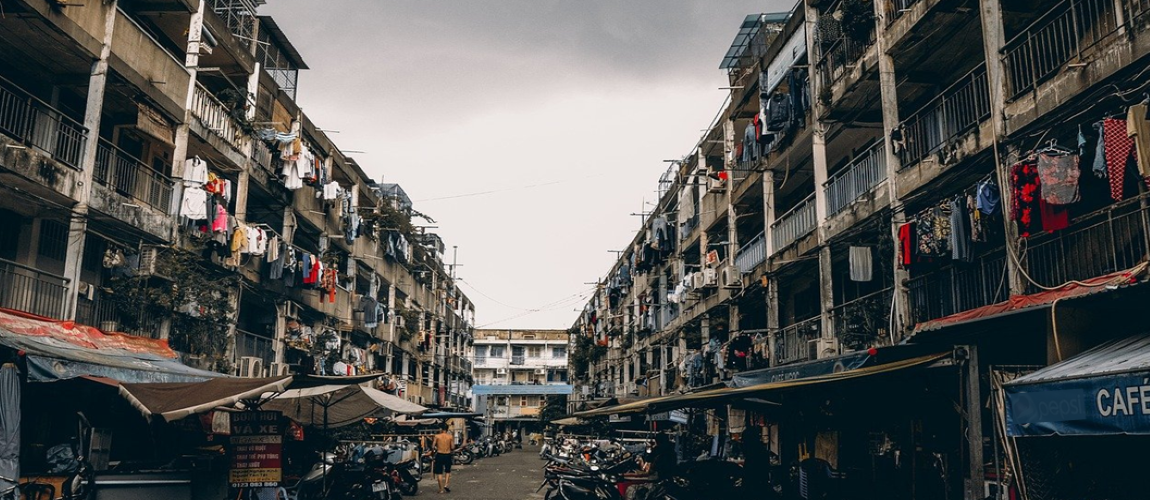PPPs for the Poor

Photo Credit: Image by Phạm Quốc Nguyên from Pixabay
The link between delivering infrastructure to the poor and improved health and educational outcomes and increases in productivity is generally accepted. However, basic infrastructure is often not accessible to the poor: water and electricity are not provided to poorer neighbourhoods, roads are unfinished. This may lead to the poor paying more for substitute services such as tankered water and diesel generators. Historically, few incentives have been given to infrastructure service providers, and in particular private sector providers, to focus on access to services for the poor. The typical approach for managing affordability has been blanket subsidies provided to existing consumers, irrespective of their ability to pay, and little emphasis on generating new connections. These policies have generally done little to benefit the poor. For example the World Bank study The Political Economy of Energy Subsidy Reform states that “Energy consumption subsidies, although often intended to benefit the poor, are typically regressive as the bulk of the benefits accrue to those with the highest levels of consumption - those at the top of the income distribution.” Additionally, the law can hinder options for reaching the poor, with restrictions on service delivery to informal settlements. A PPP - including management and operations contracts through to leases, affermages and concessions/BOT projects- can be an excellent opportunity to generate services access to the poor as incentives and penalties can be crafted into the arrangements between the government and the service provider. For example, minimum performance criteria in the contract can include new connections to poor areas and delivery of services to the poor. Similarly, the government can provide certain financial incentives - such as subsidies - to new connections that particularly benefit the poor. Such incentives can push the service provider to be innovative in findings solutions to access for the poor. To be successful, these mechanisms need to be at the heart of each infrastructure project, and drafted into the legal documentation underpinning the project. The challenge with a pro-poor PPPs, then, lies in the structuring of such incentives and penalties. It is important to note that without a proper enabling environment (such as strong regulators) and proper project structuring, PPPs may not achieve improved services delivery to the poor, and may only deepen existing structural fault-lines. The political economy and affordability of the sector and project must also be understood in order to generate maximum benefits for the poor. This section looks at key issues to be considered to ensure that PPPs can reach the poor and sets out possible legal and contractual mechanisms and solutions to facilitate and incentivize service delivery to the poor: The section also takes a look at innovations in billing and collection, technological solutions to allow more flexibility in service levels, education and dissemination of information, complaints systems and dispute resolution and methods of limiting monopoly of service. Case Studies provides further background on issues affecting specific sectors as well as precedents while the section on Further Reading lists other helpful resources. For more information on Pro-Poor PPPs, visit Key Issues in PPPs for the Poor, Laws and Regulations Supporting Pro-Poor Services Delivery, Contractual Examples Supporting Pro-Poor Services Delivery, Other Mechanisms Supporting Pro-Poor Services Delivery or the section on Case Studies.
Related Content
Key Issues in PPPs for the Poor
Type of ResourceLaws and Regulations Supporting Pro-Poor Services Delivery
Contractual examples supporting pro-poor service delivery
Type of ResourceOther Mechanisms Supporting Pro-Poor Service Delivery
Type of ResourceCase Studies on Pro-Poor PPPs
Type of ResourceFurther Readings on Pro-Poor PPPs
Type of Resource
Additional Resources
Sub-national and Municipal PPPs
Type of ResourceRural Electrification Funds: Sample Operational Documents and Resources
Type of ResourcePublic-Private Partnerships Laws / Concession Laws
Type of ResourceWater & Sanitation PPPs
Type of ResourceRenewable Energy
Type of Resource
Subsections





